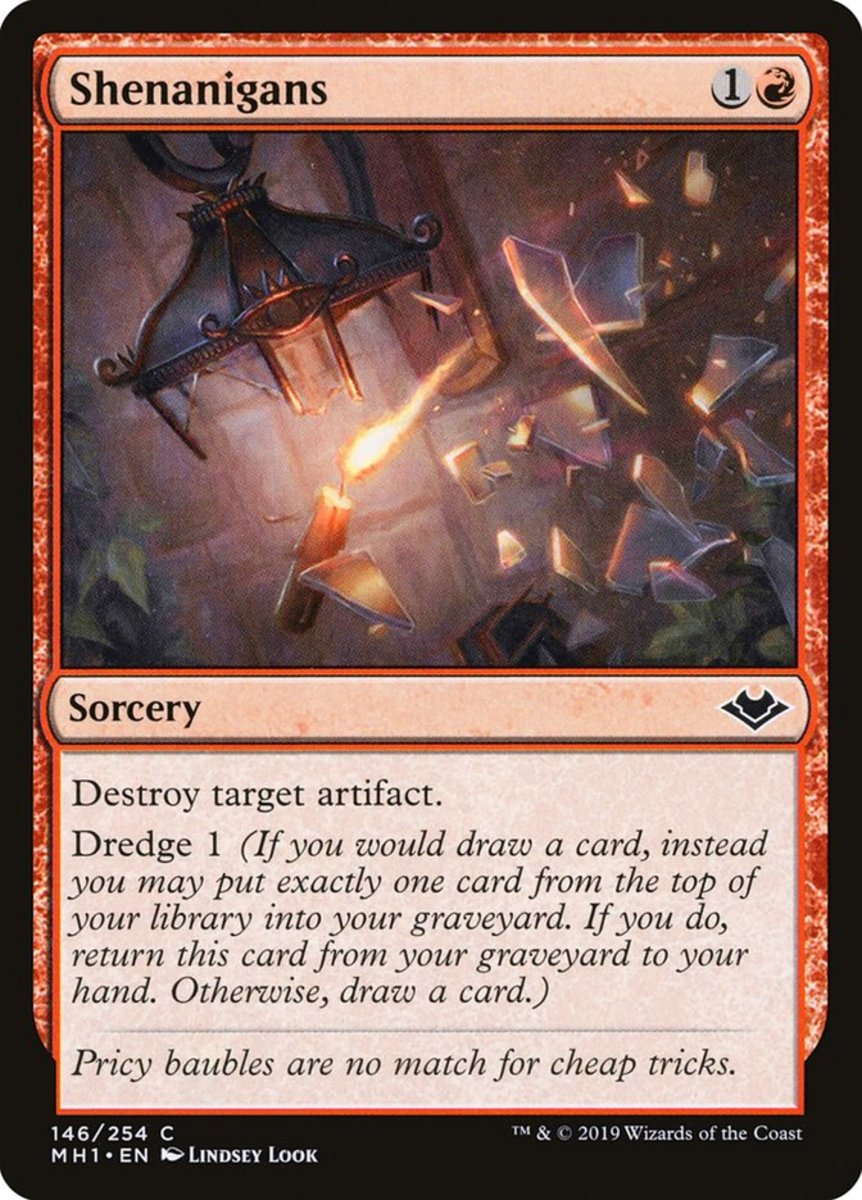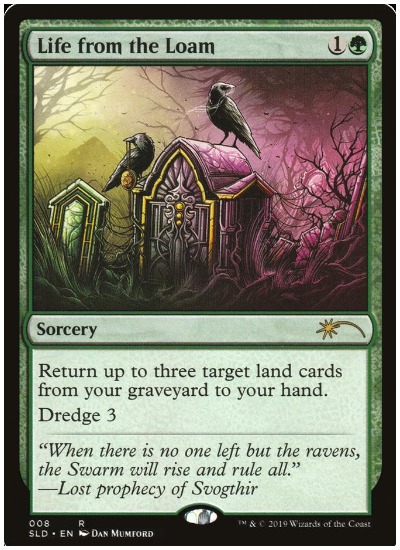

Now you either have to leave some of your Cures and Blights on the sidelines, or else start cutting your main-deck cards that were good for the matchup anyway! This inconvenience could've been easily avoided! In Round 2 of the tournament, you find yourself sideboarding against an aggressive red deck and realize that your deck simply has too much removal. Let's say you're playing a black deck, and you decide to put three Pharika's Cures and three Bile Blights in your sideboard, because these cards are good against aggressive red decks. It's easy to make mistakes when you don't think about your sideboard plans ahead of time. Put a different way, having a sideboard plan means seeing the big picture, instead of focusing on questions one at a time, independent from one another.

Your card choices are made based on what you intend to do during sideboarding, and what you do during sideboarding fits with your card choices.

However, creating a sideboard plan is a way to unify your deck construction with your in-match decisions and to ensure that they serve one another as well as possible. It's never good to limit your options, and indeed, there will come times when you should deviate from your original sideboarding plan. In my opinion, this advice does more harm than good. Many of my colleagues recommend against having firm sideboard plans, instead emphasizing improvisation and flexibility. The topic of sideboard plans is actually a rather controversial one. At the end, I'll preview a handful of potential new sideboard cards that will be printed in Dragons of Tarkir.įor a refresher on sideboarding, see " The Sideboard." Magic will go better for you if you have a blueprint in your mind for how you're going to win the game how you're going to beat your opponent's strategy and, as we'll discuss today, how to best sideboard to do so.


 0 kommentar(er)
0 kommentar(er)
